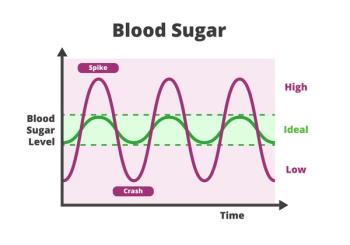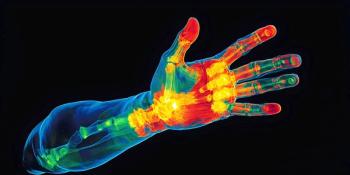
News|Articles|April 1, 2022
UV-vis-SWIR Spectrometers
BaySpec’s SuperGamut spectrometers are designed for ultravioletvisible– short-wave infrared spectroscopy (UV-vis–SWIR).
BaySpec’s SuperGamut spectrometers are designed for ultravioletvisible–
short-wave infrared spectroscopy (UV-vis–SWIR). According to the company, the spectrometers use a volume phase grating as the spectral dispersion element and a CCD array detector as the detection element, providing high-speed parallel processing and continuous spectral measurements.
BaySpec, Inc., San Jose, CA www.bayspec.com
Newsletter
Get essential updates on the latest spectroscopy technologies, regulatory standards, and best practices—subscribe today to Spectroscopy.
Trending on Spectroscopy Online
1
Olive Mill Wastewater Powers Greener Breakthrough in Moroccan Shale Oil Extraction
2
Measuring Ammonia in Sustainable Pig Production, Part I: How Good Are Methods Currently in Place?
3
Calling All Bloggers! Spectroscopy Announces New Running Blog for 2026
4




